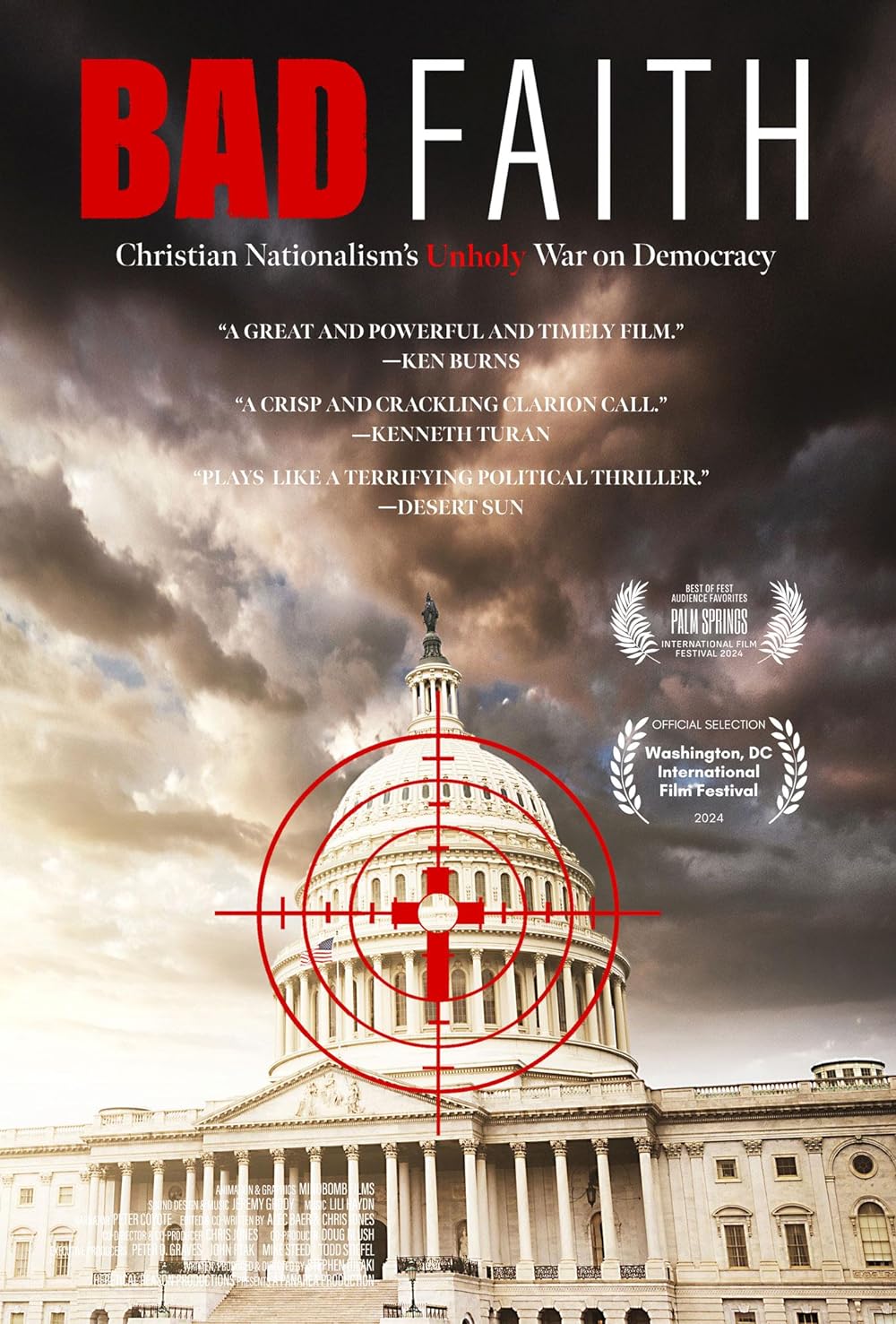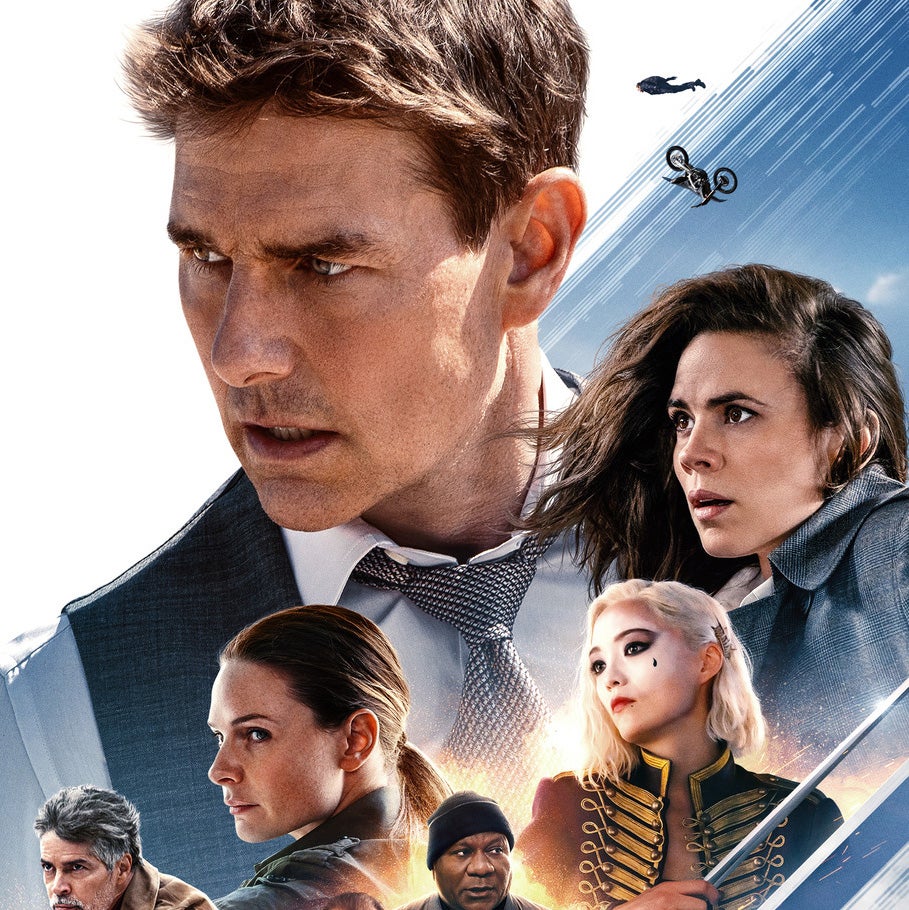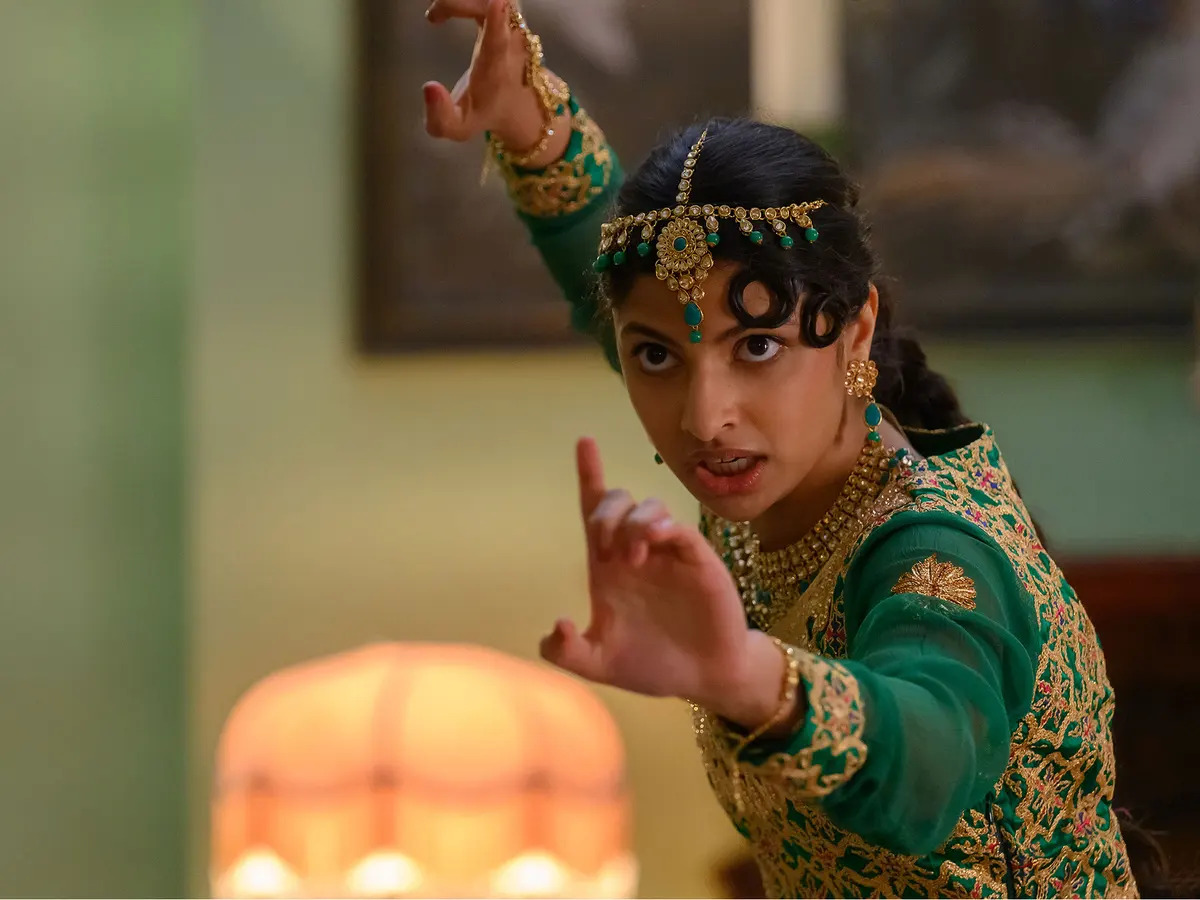There is a reason that good movies about sports, almost always about an underdog who overcomes obstacles to succeed, appeal to us in such a visceral fashion. Americans fiercely love athletic heroes because we want to believe that the difference really is in something beyond the physical, that it exists in a big heart and scrappy soul. “Seabiscuit” brings every evocative notion of the underdog out of the stable in turn but manages to make a movie with familiar themes seem as handsome as a thoroughbred, albeit one that has trouble in the homestretch.
Based on Laura Hillenbrand’s best-selling book of the same name, “Seabiscuit” depicts the equine celebrity who came to fame as the too-small, ill-tempered horse who never should have won yet somehow managed to defeat the greatest racehorses of his day. The film places his popularity squarely in the context of the times, tying each race that he won (and indeed those that he lost) to the ability of the working folks of the day to survive the Great Depression and to believe in second chances.
The first hour of the movie is spent painting the background and laying the course for its four main characters as they converge on their rightful roles as talented jockey, proud owner, wise trainer, and superstar racehorse respectively. “Red” Pollard (Tobey Maguire looking appropriately wan and underfed) is the too-tall jockey whose family -– made destitute during the early days of the Great Depression -— gives him to a horse racer who will give him his livelihood by putting him up on his horses. Pollard, full of rage and rapidly becoming too tall for a jockey, picks up any ride he can and prizefights to survive.
Charles Howard (a jowly Jeff Bridges) is the bicycle salesman turned successful car dealer realizing the American Dream in the great new markets of the West Coast. When his young son dies in an accident and his wife leaves in despair, he wanders over the border and meets the understanding Marcela (Elizabeth Banks, in a quiet role as supporter) who gets him riding again and re-engages him in life. With his new wife and desire to own racehorses, Howard seeks out a trainer with a good heart and an understanding of horses, whom he finds in the taciturn, itinerant cowhand, Tom Smith (the ever-mesmerizing Chris Cooper).
Smith tames and heals horses while introducing Howard to the movie’s leitmotif: “you don’t throw a life away just because it’s a little banged up.” Smith finds Howard his racehorse when he sees fifteen-hands of angry outcast, Seabiscuit, who has spent the last years losing schooling races to other horses to build up their confidence. On seeing the rearing and biting misfit, most jockeys flee from the scene. However, in a nice shot juxtaposing the antisocial Seabiscuit and the angry Pollard, Smith finds his jockey and the team of people who need — and believe in — second chances is complete.
The remaining hour and a half of the movie is pure action with Seabiscuit racing and winning over fans while Howard makes his horse into the four-legged hero of the working class. The captivating match race between Triple Crown winner, War Admiral, and the little horse from the West, Seabiscuit, is the apex of the action, painted in Rocky-like shades of good vs. evil. War Admiral’s owner, Samuel Riddle (an even more jowly Eddie Jones), provides the perfect foil as the East Coast plutocrat who believes that breeding is all that matters and who has contempt for the little-horse-that-could and everything he represents.
Even after the sound victory of the little Biscuit over the big Admiral, there are still obstacles to be overcome, especially the symbiotic recovery of both Pollard and Seabiscuit from disastrous leg injuries. The earnestness of the second half of the movie is broken by the sly wit of Smith and the delightfully funny diatribes by racing announcer “Tick Tock” McGoughlin (William H. Macy, as on point as ever). Real-life champion jockey Gary Stevens adds a great deal of class and heart as jockey George Woolf. The narration by historian David Mccullough may seem unnecssary to those over 30, but will provide context and background for those who are not sure what the Depression was.
Director Gary Ross does a yeoman’s job of trying to capture varied themes in one film. If anything, the themes are kept on such tight reins and are demonstrated to the audience so often that some will find their repetition heavy-handed. Some audiences might find the parts of the movie slow going and the solemn, documentary-styled narration of PBS’s own David McCullough a bit on the heavy side. Finally, it is a minor quibble but Maguire sits too heavy in the saddle to be mistaken for a real jockey.
“Seabiscuit” has all the tension, movement and excitement audiences expect from summer flicks, but it has the added bonus of strong acting, which in the summer is often replaced by computer animation or exploding cars. It is far from perfect, but it offers good, solid, heartwarming entertainment.
Parents should know that Red’s parents are forced by their reduced circumstances to give him to someone who owns a stable and who offers to put Red up as a jockey. His parents’ unexpected abandonment scars him and might frighten younger viewers who, like Red, do not understand why his parents would leave him. There is an off-screen car crash which takes the life of Charles’ young son, followed by shock and mourning. Minority characters appear only in small supporting roles.
Red tries to make some money by amateur boxing, which proves to be a bloody and dangerous pursuit. Parents of small children will not want them to see the fights as Red sustains significant injuries and the crowd watching the fight seems quite menacing. There is another sports related injury which features Red (whose recuperative abilities are put to the test in this movie) resulting in a mangled leg. While not bloody, it is unquestionably a horrible injury to contemplate.
There are references to drinking during the Prohibition, and the radio announcer drinks quite a bit. The jockeys frequent a brothel in Mexico, where there is a scene of implied sexuality between Red and one of the ladies there.
Families who see this movie should talk about the way each of the characters react to loss — Charles with isolation and reflection, Tom with pragmatism, and Red with anger — and how these reactions might be strengths or weaknesses or both. they should also talk about how each of the characters (including Seabiscuit) transforms the others. Each member of the family should ask, “Whose life can I change?” Families should also talk about what Charles means when he says that someone who does not know he is small can sometimes do something big.
Families who enjoy this film might enjoy The Black Stallion, a magical and lovely movie based on Walter Farley’s book, which is accessible by younger audiences. Those who enjoy Ross’s style, should see his earlier work Pleasantville, also starring noteworthy performances from William H. Macy and Tobey Maguire in much different roles. They also might enjoy movies Ross wrote, especially the political version of the old prince and the pauper switch in Dave and the charming Big (both with some mature material) from the days before Tom Hanks was crowned with Oscars. They might also like to try to find the old Shirley Temple movie The Story of Seabiscuit, starring the Seabiscuit’s own son in the title role.






